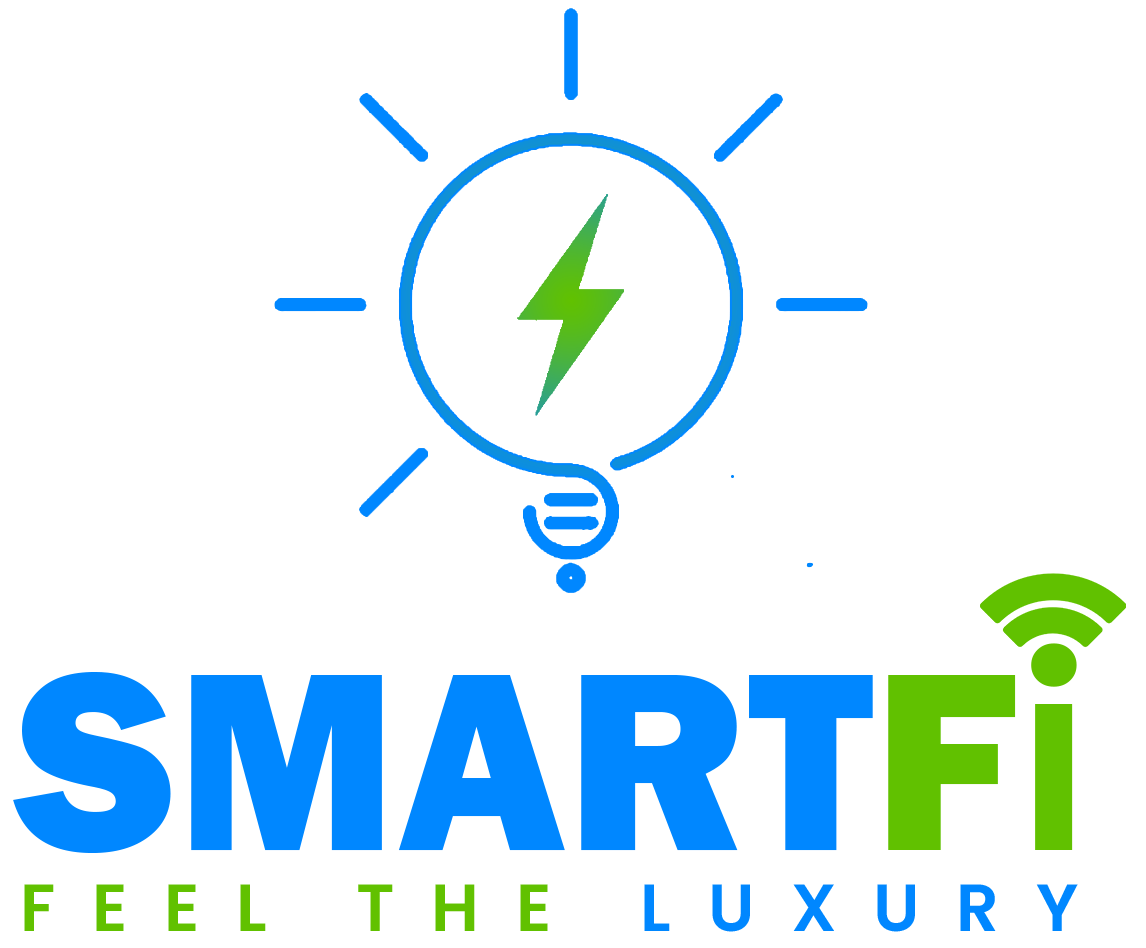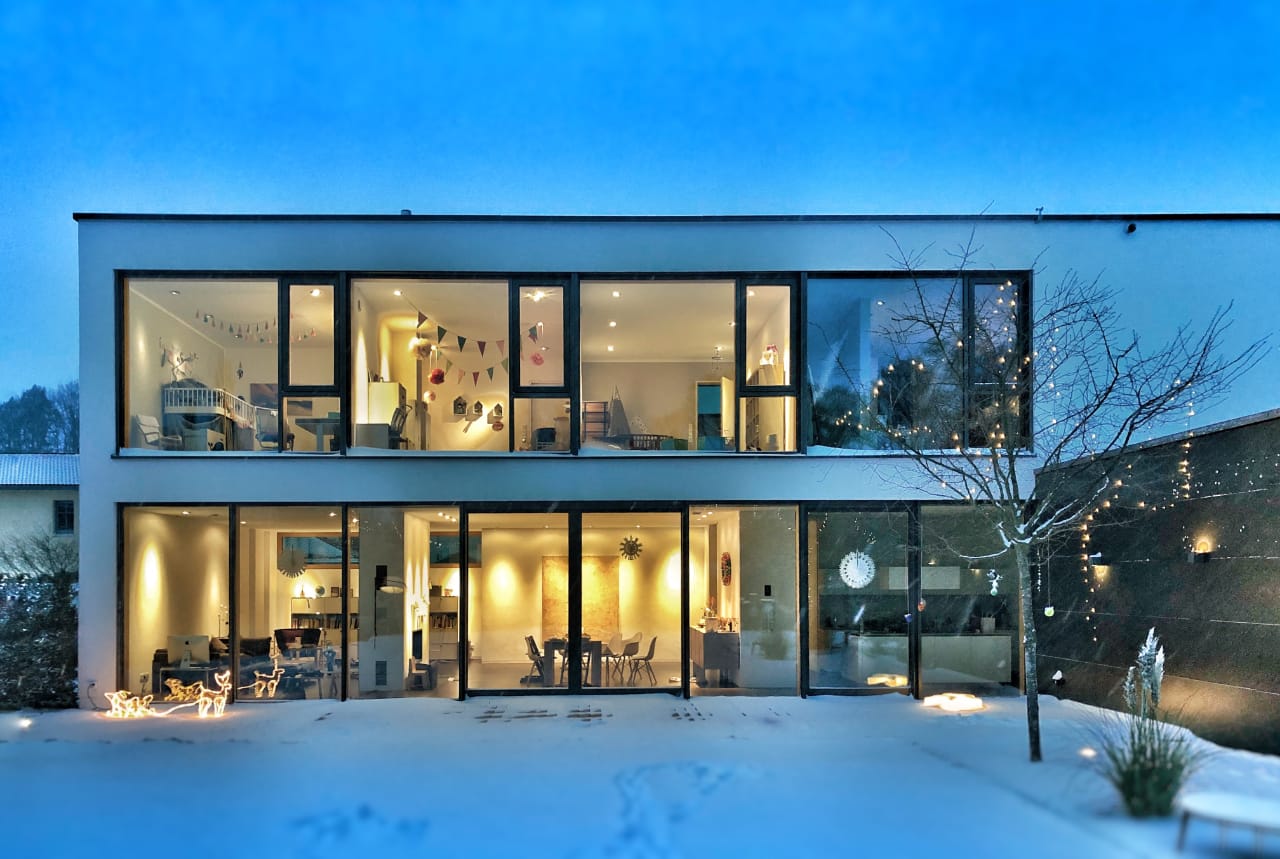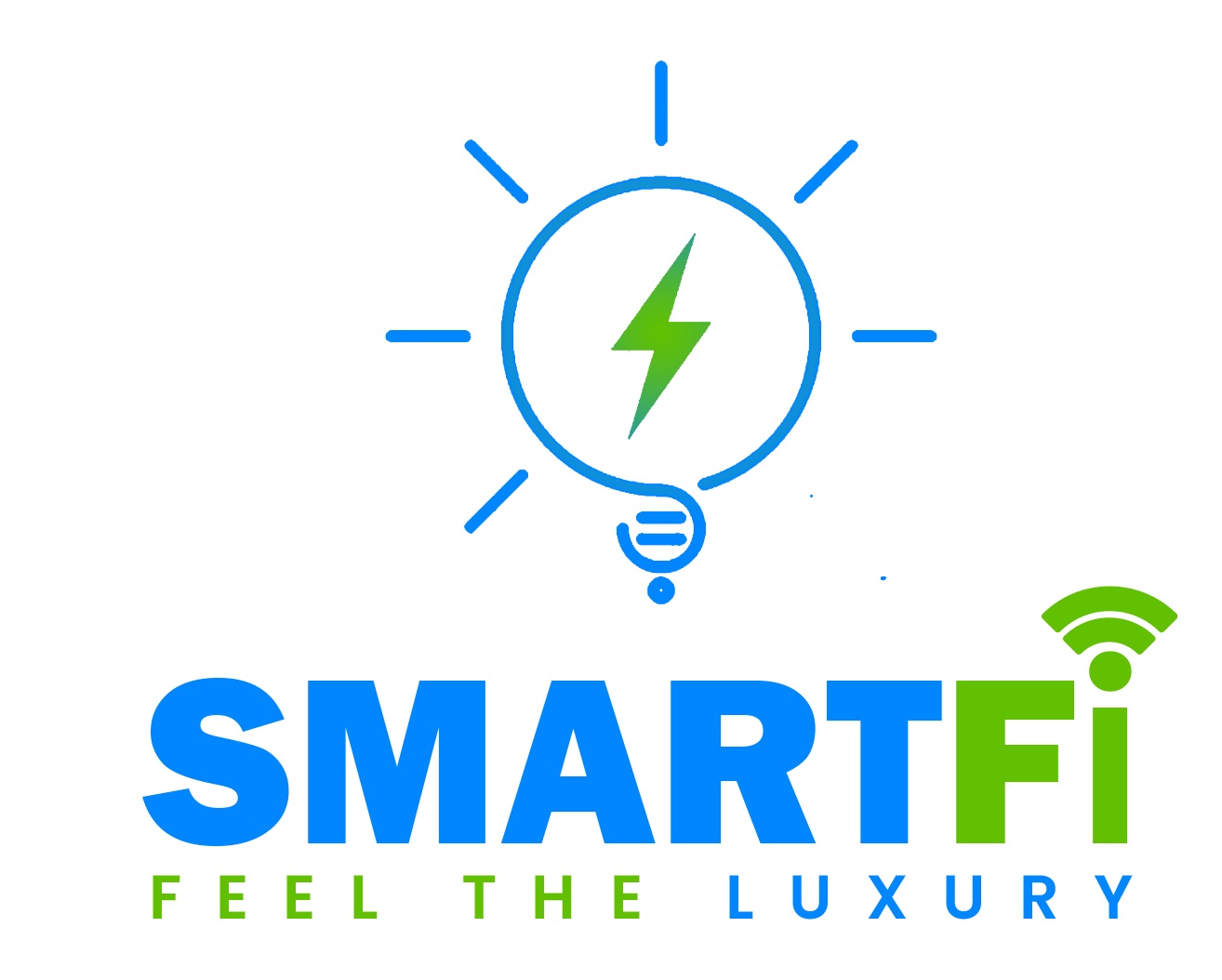

TECHNOLOGY AT YOUR DOOR STEPS
The plan of the smart home has been around for many years but smart homes (under most definitions) are extremely rare, although digital technology and automatic appliances are commonplace within the more affluent regions of the planet. This speaking argues that there are inherent difficulties with expectations for smart homes and with making them viable, and with definitions and roles of ‘users’ in smart systems. It considers what a sensible home could be and therefore the problems that smart homes might address, identifying two sorts of narrative within the smart-energy literature. One centers on the highly automated dwelling with integrated appliances, emphasizing state-of-the-art technology, convenience, and, in some sense, efficiency. The next descriptive type focuses more on system-level issues like peak demand, ancillary services, and therefore the spread of microgeneration, and on selective applications of data and communication technology (ICT) to deal with these.
Home automation has been the exclusive domain of the ultra-rich. But we are at a stage where anyone can afford to possess automated homes, customized consistent with their needs and budgets. The concept of automated homes has evolved from pressing buttons to open a door or to bring out an Owen, now it's more about securing your house and having the ability to remotely observe and control the space. As an add-on, automated homes tend to be far more energy-efficient than conventional homes.
In India, with the boom within the realty sector, many new home buyers are opting to feature automated elements to their new properties. While some land companies offer you options whilst you purchase a replacement home, many buyers just take the assistance of third parties with complete solutions.
Smartphones and tablets also are changing the image, letting homeowners take hold of their homes wherever they're. No wonder, a sensible home now's also a connected home.
WHAT ALL you'll DO
LIGHTING:
From mood lighting integrated for your entertainment hubs to sensor-based LEDs that cut when there's nobody during a room, the choices are endless. ABB Ltd trades presence sensors priced between Rs 3,500 and Rs 7,000, while timers and switching units are cheaper at Rs 2,500. ABB i-bus named EIB brightness sensors, that control lighting consistent with the ambient light within the room, cost Rs 3,000. Schneider Electric has answers that control lighting from a mobile device.
SECURITY:
Many homeowners choose a full CCTV closed-circuit television with solutions like IR Bullet and Speed Dome covering a wider area and recording even in low-light conditions. However, a more practical solution for Indian homes may be a video door phone. These are often linked to remote door mechanisms just like the Trane electronic main door mortise lock. Names like Zicom and Eureka Forbes both have video door solutions priced under Rs 20,000. These two companies also offer fingerprint or biometric locks (Rs 12,000+).
CLIMATE CONTROL:
Another automation option is to access the air-conditioning or heating within the home from a mobile device and set it consistent with your need albeit you're not there. Use this to modify off an AC or to modify on the heater before you enter the house.
OTHERS:
Companies like Smart Automation offer solutions that permit you open or close curtains with the press of a button from anywhere within the house. you'll even have a foreign within the car to open the front gate or garage door. All home entertainment equipment also can be synced to be controlled by one mobile application or remote. Automated systems also can be wont to control Owens, deep freezers, and refrigerators within the kitchen. However, these aren't so popular here.
SMART LOCKS:
A smart lock utilizes Bluetooth-enabled smartphones to sense when a recognized user is approaching and unlock itself. For a household with people who don’t have smartphones, compatible key fobs also work. Special digital keys are often given to people that got to gain entry at certain times or surely periods, and these are often revoked at any time, eliminating the necessity to vary locks.
At last, we will conclude that home automation typically falls into a couple of categories, including savings, safety, convenience, and control. Mainly, some consumers purchase home automation for comfort and peace of mind. Smartfi.in is the best site to refer about home automation.
" id="">



